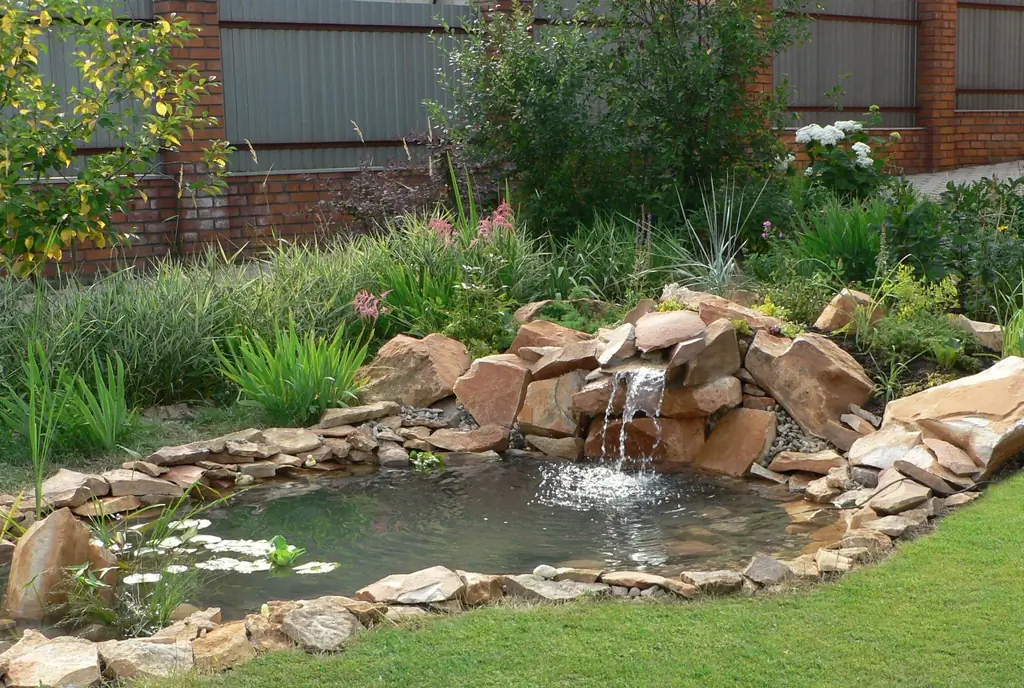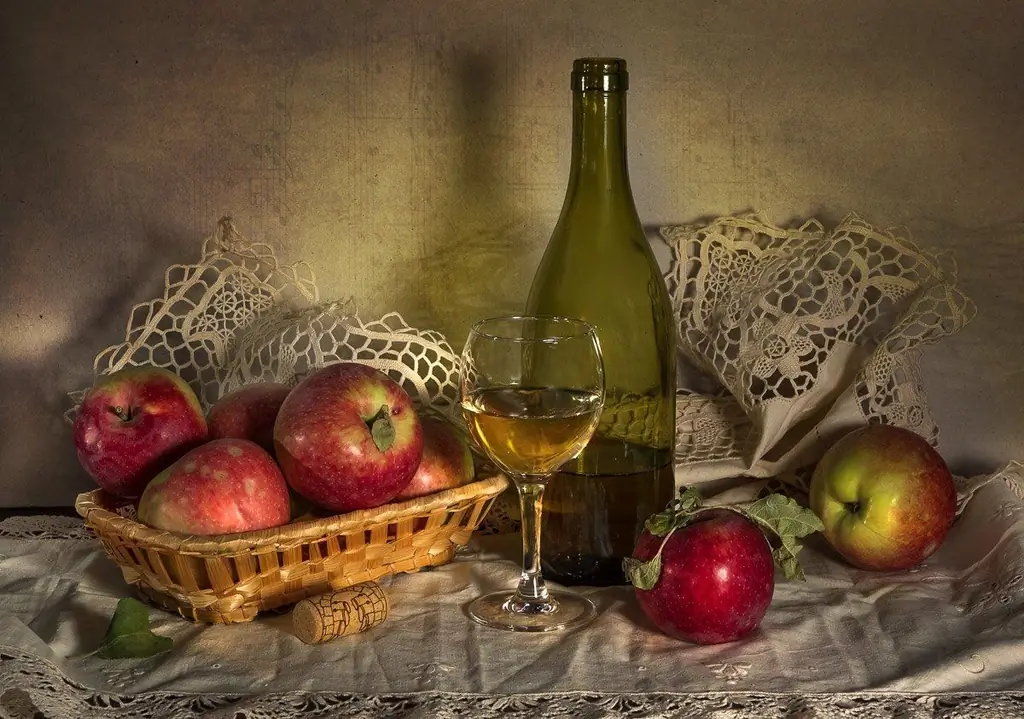
Table of contents:
- Author Bailey Albertson [email protected].
- Public 2023-12-17 12:53.
- Last modified 2025-01-23 12:41.
How to plaster walls. Step-by-step instructions for performing work

Greetings to all readers who want to try their hand at self-plastering surfaces with cement-sand mortar. It will be about how do-it-yourself plastering of walls is done on brickwork and it is assumed that the walls are laid relatively evenly, i.e. there is no need to put up beacons.
The main purpose of plastering is to level, make a smooth, even surface and prepare it for finishing. It is the plaster of the walls with mortar that is used both on the internal and external surfaces of the building. If inside, basically, they achieve evenness of the surface for the final finishing of the room, for example, for gluing wallpaper, then outside it can be preparation before the final application of the protection of the building from weather conditions or for high-quality facing of the surface with natural stone.
But, wherever the walls are plastered with mortar (inside or outside the building), the leveling technology is the same.
Now we will consider the question of how to plaster the walls with our own hands in more detail.
Required tools and materials
To carry out the work, we need tools:
- electric concrete mixer for mixing the mortar with which we will plaster the walls. If the scope of work is not very large, you can knead the solution in the container with your own hands. You can read how to do this in my article "How to make concrete with your own hands and save 40% of your efforts. " All mixing technology is the same, only the amount of water and sand is adjusted, and crushed stone is excluded from the composition.
- a sieve for sifting sand, a bucket, a shovel, a bucket, a grater, a grater, a long hand and walkways, if the work will be carried out at a height.
Consumables for the preparation of plaster cement-sand mass will require cement, sand, water and an additive that will not allow the solution to quickly "sit down". As such an additive, you can use a plasticizer, or, in extreme cases, clay.
If all the tools and consumables are available, you can start working.
DIY step-by-step instructions for plastering walls
Step 1. Sift the sand with a sieve and remove from it all coarse fractions that will interfere with the process of applying the mass to the wall.

As a sieve, you can use an ordinary stretcher with a fine mesh instead of a bottom or any other homemade device. The main thing is to separate the fine fraction of the sand from the coarse (stones).
Step 2. Prepare the plaster mass for work. If a concrete mixer is used, then pour all the ingredients into it and mix everything thoroughly.

To prepare a cement-sand mass, we take one part of M500 grade cement (for convenience, you can take one bucket for one part), three parts of sand and, depending on the moisture content of the sand, from 0.5 to one part of water. Mix thoroughly, add a plasticizer or 0.5 parts of clay so that the solution does not settle quickly.
Step 3. Prepare the surface to be plastered before work.

- we knock down all parts of the mortar protruding from the seams between the bricks, if they strongly interfere with the process of applying the plaster mass.
- we clean and remove debris on the floor at the junction of the wall and floor. This procedure must be done so that it is convenient to collect the fallen plaster mass on the floor and reuse it.
- we wet the surface on which we will work with water, for better adhesion of the plaster mass and the wall.
- we close the boxes with electrical wiring in which sockets and switches are installed.
Step 4. Take a narrow strip of the surface vertically (approximately 1 meter wide) and use a ladle to spread the plaster mass for finishing onto the surface.

We try to sketch as evenly as possible. In terms of height, it is most convenient to divide the standard height of the room 2.5 meters into three parts and work in sections. First, apply a cement-sand mass to a height of 0.8-0.9 m.
Step 5. Using a float, evenly distribute the applied plaster mass over the surface to be leveled as in the photo below.

In the end, we get this area with evenly applied plaster.

Step 6. We make a similar application of the plaster mass to the area located above ours. We also throw a solution onto an area measuring 1 meter in width and 0.8-0.9 m in height.

Step 7. Using a grater, distribute the thrown mass in the second section.

Step 8. Substitute the walkways and carry out the plastering operations as in steps 6 and 7 on the last - the upper section of our strip. We get a completely pre-aligned strip from floor to ceiling.
Step 9. Moving in such vertical stripes, go through and apply plaster to the entire wall area.
Step 10. Let the solution, applied to the surface to be leveled, stand up a little (15-20 minutes is enough) and go on to the next operation. Remove excess plaster using a long rule.

To carry out this operation, the rule is applied vertically with its end to the wall and moving it from right to left, or, conversely (for left-handed people), as if we remove the protruding tubercles of the plaster mass. We achieve an almost flat surface. After wiring along the wall, remove the excess plaster from the rule. Using the same rule, we control flatness by applying it in several places horizontally and vertically.
If necessary, repeat the operation to remove excess plaster mass.
Step 11. In a bucket we dilute the plaster cement-sand mass to a liquid state. By consistency, it should drain freely from the bucket.

Step 12. Using a ladle, apply the slurry to the wall and immediately level it with a float.

Moving in the same narrow strips from floor to ceiling, we go through the entire wall and bring it to an almost level state.
Step 13. We give our plaster mass a good stand, hold it for about 1-2 hours, depending on the ambient temperature, and use a trowel to bring the wall to a finally smooth "finishing" state.

To do this, we slightly moisten the surface with water and, using a circular motion with a scraper, finally smooth out all the surface irregularities.
This completes the plastering of the walls with your own hands. It is necessary to allow the mass to dry and gain strength. The final strength of the cement-sand mass will gain in 20 days and it will be possible to proceed with the final finishing - to glue the tiles, putty or paint the surface.
That's all for today. Now you also know how to plaster walls with your own hands with cement mortar and level the walls. I look forward to your feedback and comments. If you have any questions, I will be happy to answer everyone.
Video: "How to plaster walls with your own hands"
All easy, fast and high-quality repairs.
Best regards, Vladislav Ponomarev.
Recommended:
Making Garden Paths With Your Own Hands - Tips + Video

Practical advice on the construction of paths in the garden. Materials used, recommendations
How To Make A Reservoir In The Garden With Your Own Hands, Photos, Simple And Affordable Options

Practical recommendations for creating a decorative reservoir in the garden. Necessary materials and tools, stage-by-stage performance of work
Apple Wine Recipe: How To Make This Drink With Your Own Hands (with Video)

A step-by-step recipe for making apple wine at home. Necessary products, tools. Features of making wine, recommendations
How To Make Venetian Plaster With Your Own Hands - Application Features + Photos And Videos

Features and benefits of Venetian plaster, materials and tools used. Step-by-step instructions for applying this coating of different types
Venetian Plaster In The Kitchen: Features, Advantages And Disadvantages, Application To Walls, Design Options, Photo

What is Venetian plaster, its advantages and disadvantages. How to choose the right material and tools for its application. Finishing steps and wall design
